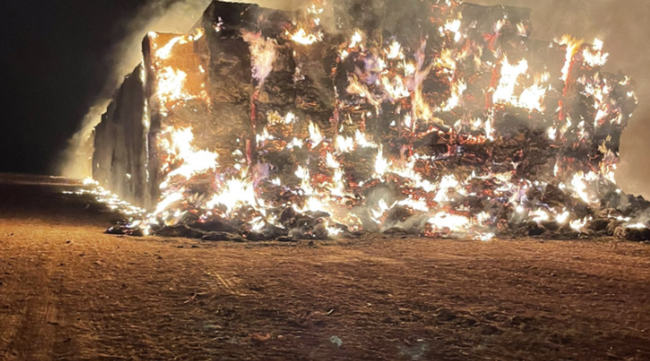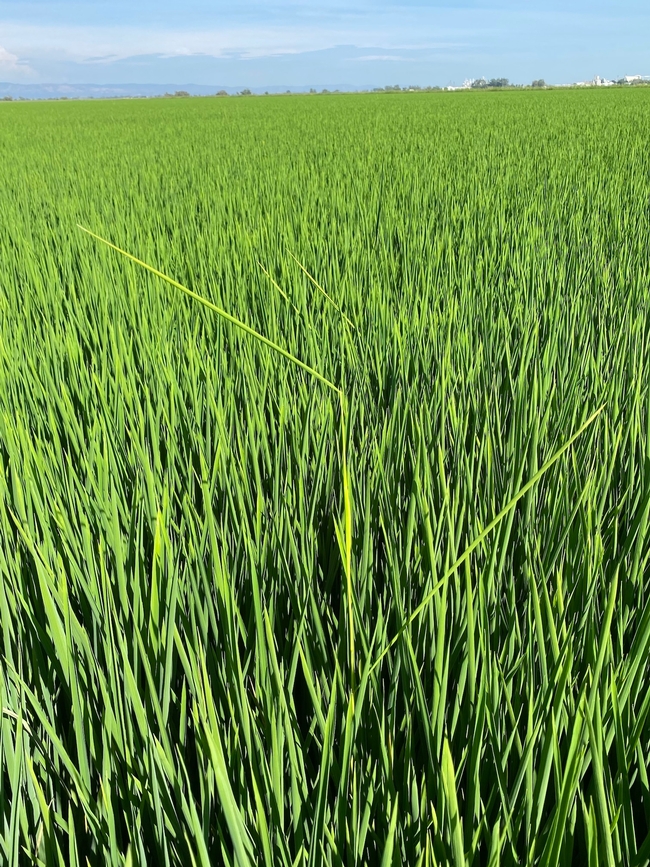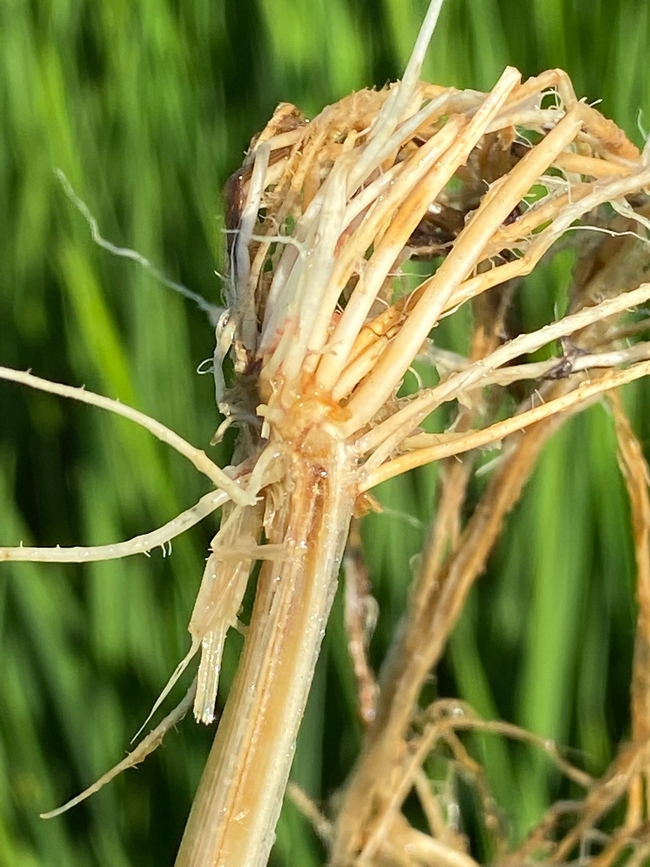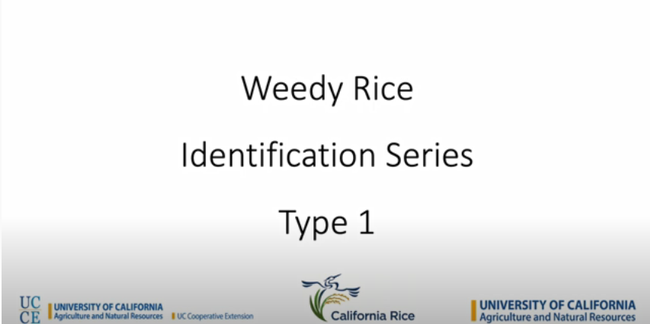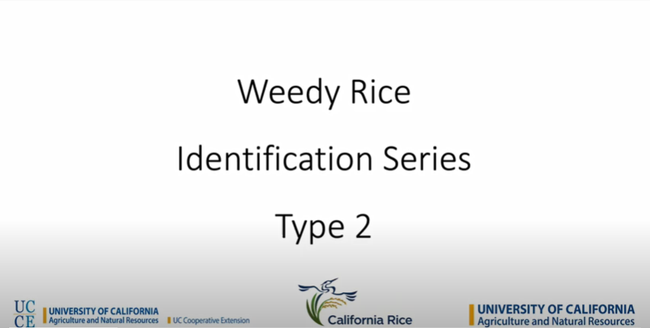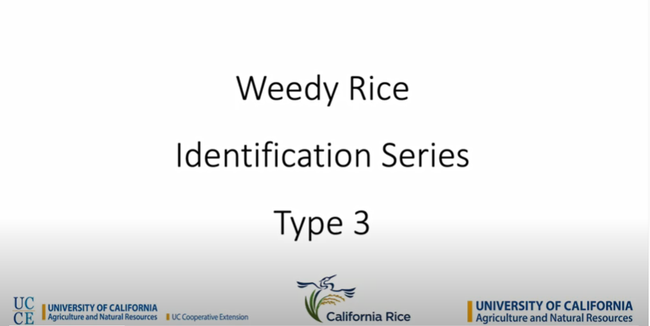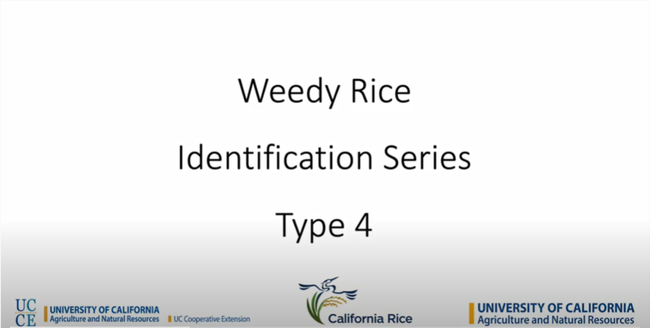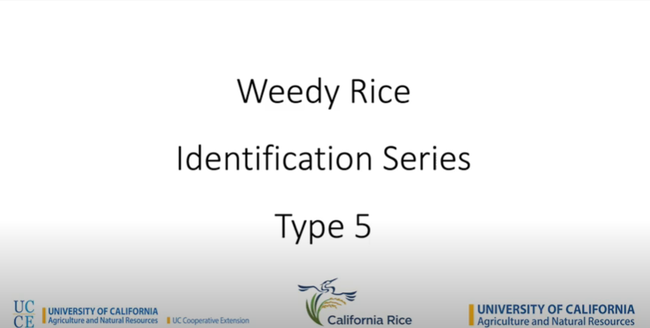- Author: Luis Espino
Recently, there have been several rice straw bale fires and there could be more. CALFIRE suspects the cause is the higher moisture in the straw at the time of baling due to the lack of north winds during harvest and baling. They recomend growers monitor the temperature of the bales that are stacked inside barns or close to building or other improvements.
Below is an article that CALFIRE shared with us and is a good resource on how to monitor the bales and what to do in case a fire occurs:
Preventing Fires in Baled Hay and Straw – Ag Safety and Health - Extension
Picture from KRCR website covering the fires
- Author: Whitney Brim-DeForest
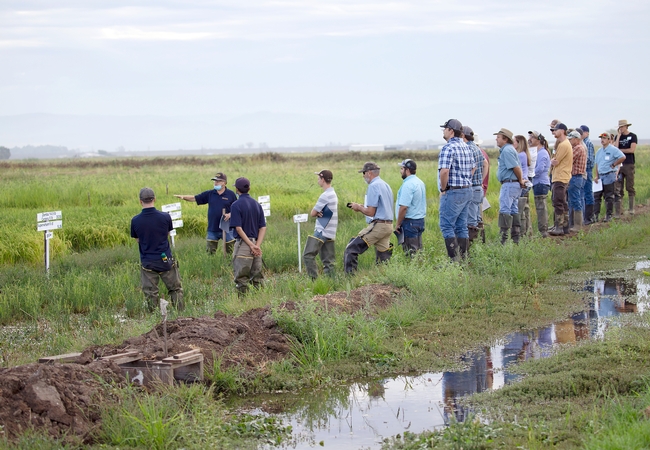
Following is a brief outline of the Rice Field Day program:
7:30 - 8:30 a.m. REGISTRATION AND POSTER VIEWING
8:30 - 9:15 a.m. GENERAL SESSION
• CCRRF Annual Membership Meeting
• Rice Research Trust Report
• California Rice Industry Award
9:30 - Noon FIELD TOURS OF RICE RESEARCH
• Variety Improvement
• Disease Resistance
• Insects and Control
• Weeds and Control
Noon LUNCHEON CONCLUDES PROGRAM
Lunch will be served in the New Research Building with seating at the tables on the lawns under the canopies. The program will begin at 8:30 a.m. with a General Session that serves as the Annual CCRRF Membership Meeting. Posters and demonstrations will be in place during registration until after lunch. Field tours of research will emphasize progress in rice variety improvement, disease, insect, and weed control. The program will conclude at noon with a lunch that includes rice.
We hope to see you on August 31st. The RES is located at 955 Butte City Highway (Hwy. 162), approximately two- and one-half miles west of Highway 99 north of Biggs, California.
- Author: Luis Espino
I have been getting several messages about off-type plants that are starting to head. They are taller, paler, and could be confused with watergrass. Some of them have a flag leaf that is yellow and stands out. These plants are most likely infected with bakanae. To confirm, slice the crown and see if it is rotting. If the crown looks healthy, then the plant may be an off-type, variety contamination, or weedy rice.
Plants infected with bakanae appear taller, are light green, and will produce a panicle. However, the panicle will blank out.
To confirm bakanae infection, slice the crown of the plant. If it is discolored, the plant is infected.
I don't know why we are seeing more bakanae in the past few years. Bleaching is very effective in reducing bakanae infection. However, if the seed is held without water for more than a day before seeding, it can warm up. This increase in temperature allows any surviving bakanae spores to germinate and produce more spores, resulting in more infection. Also, bakanae can survive in the soil; it may take a few years for the disease to go under the radar again if the seed is being treated every year.
- Author: Whitney Brim-DeForest
We have recently produced a series of videos on weedy rice identification in California. Each video is biotype-specific. Our UC Rice YouTube Channel also has many other recordings from our virtual meetings and webinars.
- Author: Whitney Brim-DeForest
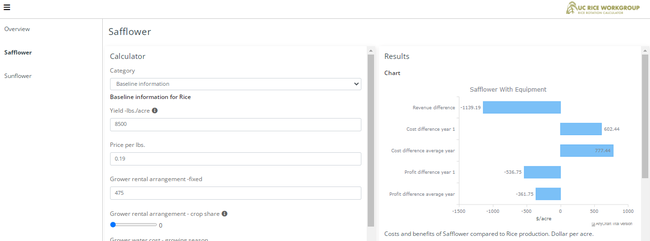
The presenters will be Sara Rosenberg, UC Davis Ph.D. student in Horticulture and Agronomy, and Whitney Brim-DeForest, UCCE Rice Advisor.
Rosenberg will present on crop rotation economics and on the web-based cost calculator developed for rice growers to explore the costs and benefits of switching over to selected rotation crops. There will be an opportunity for attendees to ask questions and provide feedback on this decision support tool and for individuals to test it on their own. All are welcome.
“We are looking for grower and industry input for further developing this economics of crop rotations calculator”, Brim-DeForest says. “We hope to have lots of participation”. For those unable to make it in person, the tool itself will be posted on the rice.ucanr.edu website, as well as the soon-to-be-launched UC Rice IPM Workgroup website.
This in-person meeting will take place on Wednesday, February 16th, at the UCCE Sutter-Yuba office, 142A Garden Hwy, Yuba City, from 8:30 AM-12 PM. Registration will begin at 8:30. (2 CCA credits have been granted). This local event is FREE. For more details, visit http://rice.ucanr.edu. If you have questions, contact Whitney Brim-DeForest [wbrimdeforest@ucanr.edu or call the UCCE Sutter-Yuba office at (530) 822-7515].


